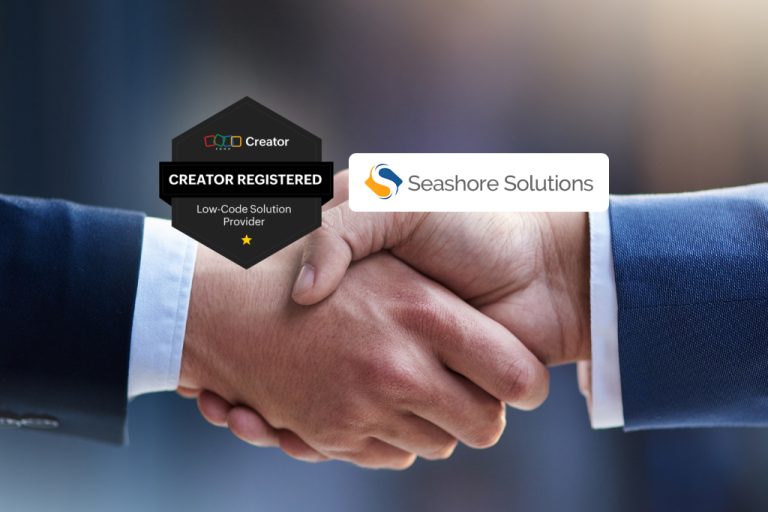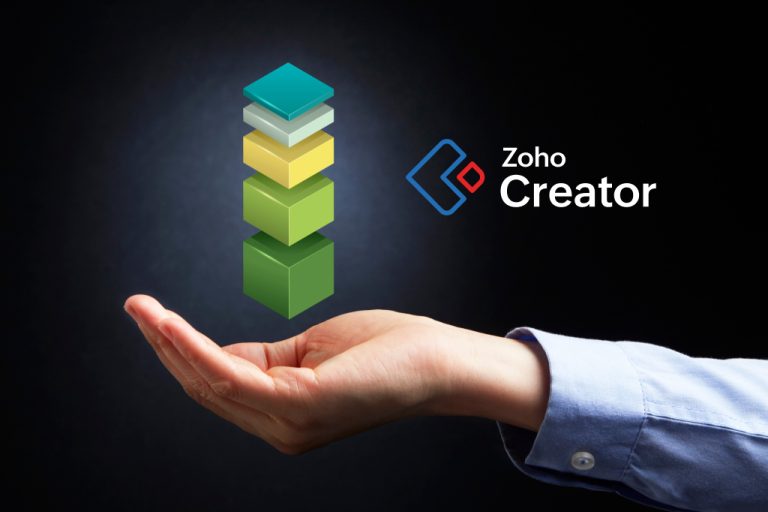-
Services
- Enterprise Integration Connect applications and data seamlessly across your business ecosystem.
- Digital Integration Design and deliver modern digital solutions that drive innovation.
- Product Engineering Turn ideas into scalable, market-ready digital products.
- Legacy Modernization Rebuild outdated systems into agile, cloud-enabled solutions.
- Agile Transformation Adopt agile frameworks to boost efficiency and delivery speed.
- Intelligent Automation Automate workflows using AI and RPA to enhance productivity.
- IT Consulting Align technology strategy with business goals for measurable success.
- Software Engineering Develop secure, reliable, and high-performing enterprise software.
- Application Services Manage, optimize, and enhance applications for peak performance.
- Maintenance & Support Ensure smooth, secure, and continuous system performance.
- Solutions
-
Zoho
We help businesses succeed with Zoho by providing implementation training, and support.
- Technologies
- Industries
-
Products
All-in-One Enterprise Platform
Manage your business seamlessly with our all-in-one enterprise software suite — integrating CRM, Finance, HR, Projects, and Support. Designed for growing businesses, our platform offers smart customization and automation, ensuring every module aligns with your workflows.
Contact ExpertRayCatcherRun Your Entire Solar Business Smarter with Raycatcher ERPManaging your solar projects with disconnected tools costs you time, money, and missed opportunities. Raycatcher ERP connects your entire operations 3 from leads to delivery and AMC 3 with complete automation and real-time visibility.
Explore MoreLogiTrac360Innovative Solutions Tailored to Your WorkflowStart with the modules you need and add more as you grow—seamless data flow, zero re-entry, and a single source of truth across your business.
Explore More -
Company
We Succeed When Our Clients Succeed
We build trust through innovation and reliability, creating long-term partnerships that drive growth.
- 450+ Projects Delivered
- 80+ Clients
- 25+ Years on The Market
- Let's Talk
☰























